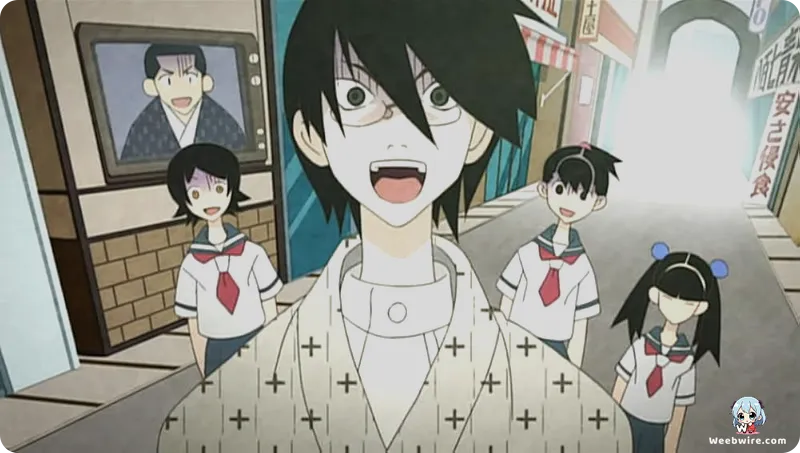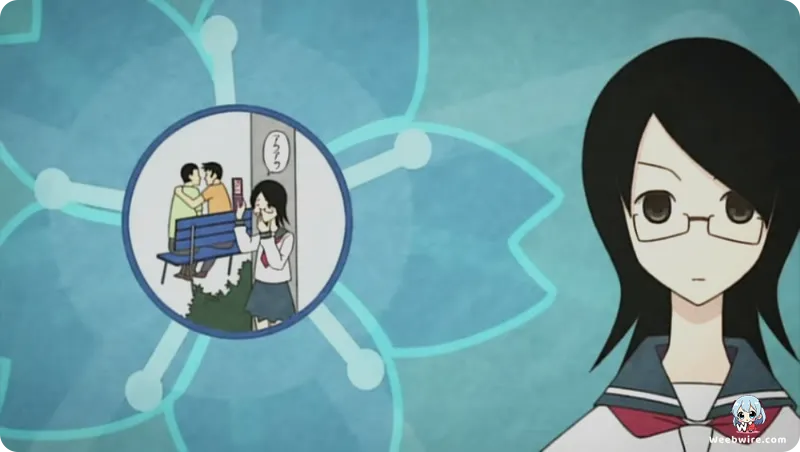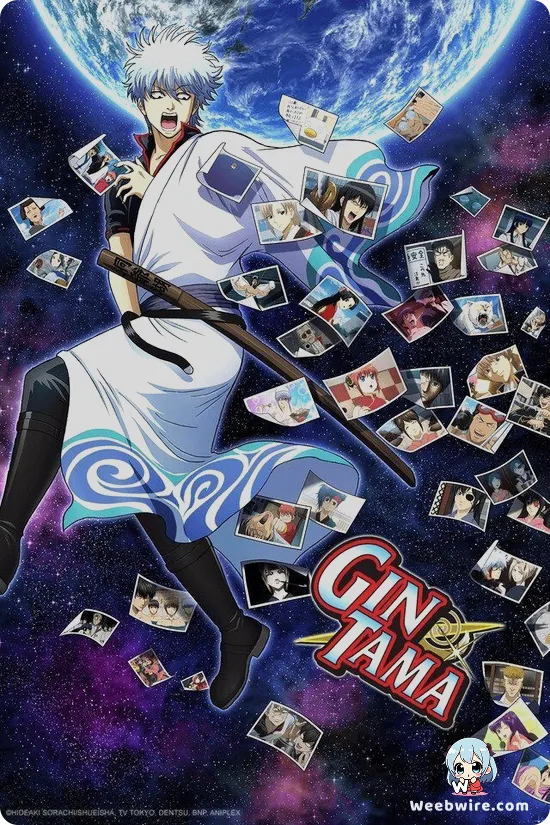Beyond the Satire: Unearthing the Shocking Purgatory Twist Hidden Within Zan Sayonara Zetsubou Sensei

Zan Sayonara Zetsubou Sensei, the third animated series based on Koji Kumeta's celebratedly bleak and intelligent manga, remains a pinnacle achievement for both Studio Shaft and the visionary direction of Akiyuki Shinbo. While ostensibly a high-octane, frequently absurd comedy centered on the chronically despairing high school instructor Nozomu Itoshiki, the series’ profound influence stems from its layered complexity. It functions simultaneously as a sharp critique of contemporary Japanese society, a masterclass in self-referential humor, and, unexpectedly, a narrative infused with genuine tragedy.
For dedicated viewers who relish the series’ manic pace and visual surrealism, numerous behind-the-scenes facts and conceptual details elevate the experience far beyond conventional comedy, transforming it into a compelling, if often hilarious, examination of modern malaise.
The Challenge of Localization and Cultural Specificity
A key element defining the show, particularly the Zan season, is the extreme localization required for its humor. Kumeta’s original work is deeply rooted in time-sensitive political commentary, media trends, and subtle linguistic games that often make accurate international adaptation nearly impossible. Many gags hinge on recognizing obscure bureaucratic language, specific current events, or even the typography used in particular government documents. This intense commitment to immediate cultural relevance means that watching the show years later, or without extensive knowledge of Japanese society, risks missing substantial portions of the wit. Studio Shaft expertly navigated this challenge, deploying rapid-cut visuals and text overlays to deliver the punchlines, thereby preserving the manga’s intense, breakneck informational flow.
Linguistic Genius in Character Naming
The naming conventions employed for the students of Class 2-F offer an accessible entry point into the series’ genius. Each student’s name is an intricate pun reflecting their defining psychological or behavioral eccentricity. The protagonist himself, Itoshiki Nozomu (糸色 望), is a prime example: when written vertically, his name forms the word zetsubou (絶望), literally meaning 'despair.' Similarly, the fastidious and obsessive Kitsu Chiri (木津 千里) phonetically mirrors kitchiri (きっちり), denoting extreme tidiness or precision. The relentless stalker, Tsunetsuki Mato (常月 まと), sounds like the phrase tsunetsuki mato (常につきまとう), which translates to ‘constantly clinging to.’ This ingenious linguistic embedding ensures that the defining neurosis of every character is woven directly into their identity, perpetually underscoring the environment of despair surrounding Nozomu. Zan, the third season, meticulously upheld this tradition by introducing new characters whose nomenclature perfectly encapsulated their unique forms of social dysfunction.

Visual Innovation and Foreshadowing Tragedy
Visually, Zan Sayonara Zetsubou Sensei acted as a foundational blueprint for director Akiyuki Shinbo’s subsequent, globally successful projects, including Monogatari and Puella Magi Madoka Magica. While the notorious “Shaft Head Tilt” became a widely recognized visual signature due to this anime, the show’s innovative integration of real-world photography and live-action textures into the animation is less frequently discussed. Backgrounds frequently utilize distorted, highly stylized images of urban landscapes, classical architecture, and abstract motifs, creating a sense of psychological dissonance that perfectly mirrors Nozomu’s unstable mental state.
Crucially, the entire narrative, including the events depicted in Zan Sayonara Zetsubou Sensei, is darkly recontextualized by the eventual ending of the source manga. Though the anime iterations, especially the third season, largely maintained an episodic structure focused on social critique, the final manga chapters unveiled a staggering revelation: many, perhaps all, of Nozomu’s students are either spectral presences or individuals who perished tragically, now occupying a form of purgatorial existence. This twist suggests that the high school serves as a form of limbo, implying that Nozomu himself may have died long ago after one of his multiple suicide attempts. This profound darkness fundamentally shifts the perception of the preceding absurd comedy, suggesting that the frenetic energy and repetitive classroom chaos are manifestations of their unresolved, trapped states. The Zan anime subtly foreshadows this looming tragedy through increasingly surreal and unsettling visual language, particularly within its abstract and bizarre opening and closing credits sequences. The show also excels in meta-textual commentary, regularly breaking the fourth wall to lampoon the anime and manga industries, cementing its status as a unique and masterfully complex entry in the comedy genre.
Credits
Zan Sayonara Zetsubou Sensei
Author
Koji Kumeta
Cover Art
Koji Kumeta
Studio
Shaft
Publisher
Kodansha
Producers





